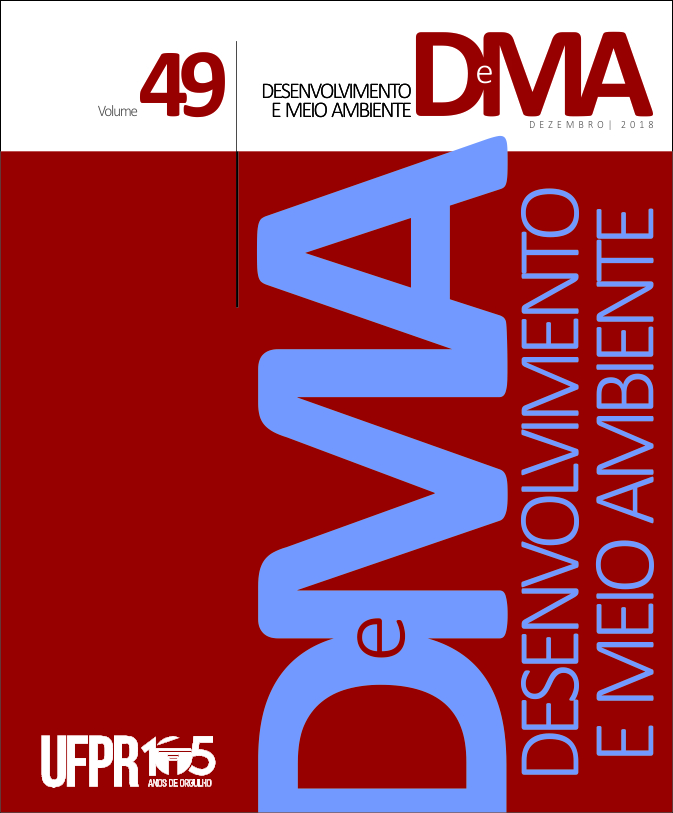Ethnobotanical knowledge as heritage: the urban homegardens in the small cities of the Historical Valley of São Paulo
DOI:
https://doi.org/10.5380/dma.v49i0.58220Keywords:
urban agriculture, social vulnerability, knowledge dissipation, knowledge transmission, edible pantsAbstract
In the cities of São José do Barreiro and Areias, in the Vale Histórico Paulista, it is possible to find, inside the urban center, spaces where the cultivation of vegetables and fruits still exists. In these urban homegardens, there are plants and also people who have familiarity with these plants, which allow us to consider these spaces as holders of botanical knowledge on food plants. Cultural and socioeconomic changes have warned that homegardens and botanical knowledge held by this population have become vulnerable. The present paper aims to discuss the knowledge about plants and the relevance of the maintenance of cultivated homegardens for the permanence and transmission of this botanical knowledge, here considered as heritage. In order to understand the richness and vulnerability of this group, residents who had urban homegardens with food cultivation plants were interviewed in order to characterize the homegardens and understand their motivations for food cultivation. From the recommended procedures for the understanding of urban ethnobotany, the interviews allowed us to understand the actions required for the maintenance of this heritage’s existence, which results in measures to contain its vulnerabilities.
Downloads
Published
How to Cite
Issue
Section
License
Copyright on works published in this journal rests with the author, with first publication rights for the journal. The content of published works is the sole responsibility of the authors. DMA is an open access journal and has adopted the Creative Commons Attribution 4.0 Not Adapted (CC-BY) license since January 2023. Therefore, when published by this journal, articles are free to share (copy and redistribute the material in any medium or format for any purpose, even commercial) and adapt (remix, transform, and create from the material for any purpose, even commercial). You must give appropriate credit, provide a link to the license and indicate if changes have been made.
The contents published by DMA from v. 53, 2020 to v. 60, 2022 are protected by the Creative Commons Attribution-NonCommercial-NoDerivatives 4.0 International license.
DMA has been an open access journal since its creation, however, from v.1 of 2000 to v. 52 of 2019, the journal did not adopt a Creative Commons license and therefore the type of license is not indicated on the first page of the articles.



